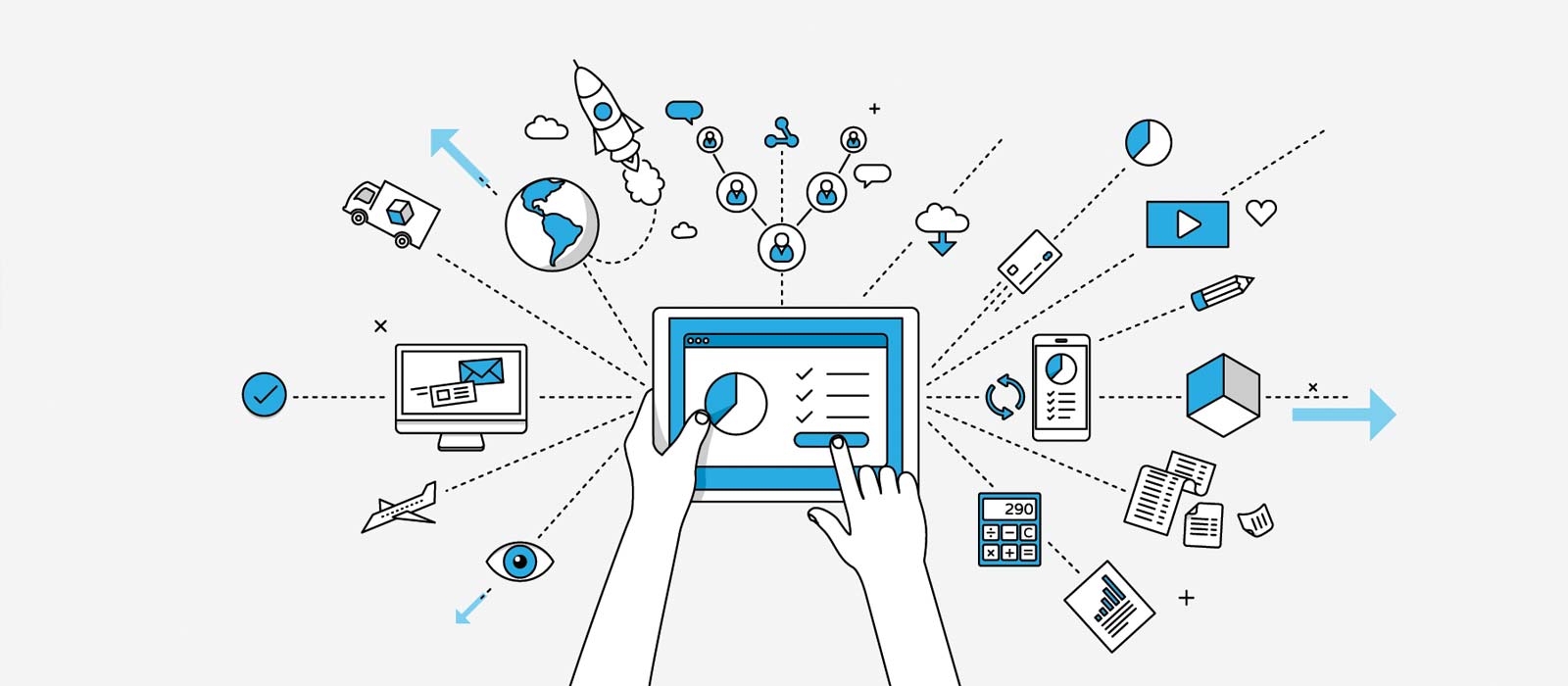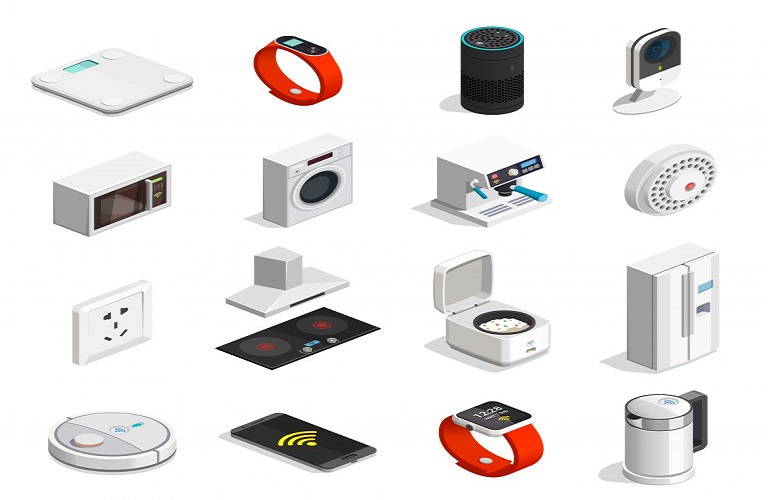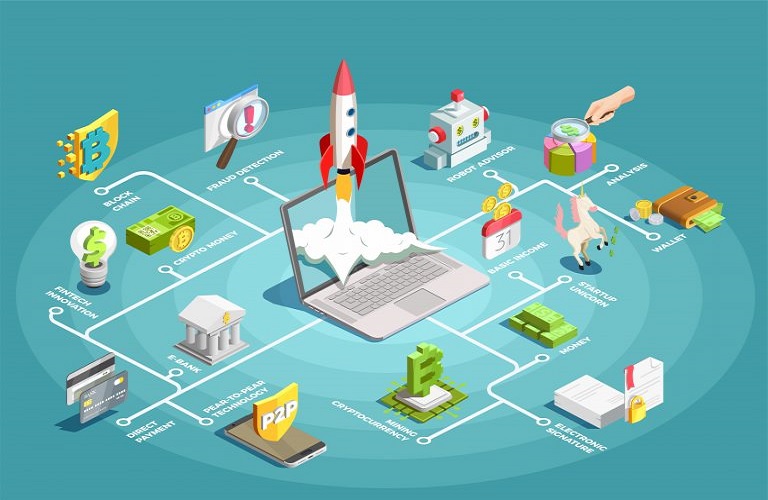
15 Aug Best Examples of IoT
IoT is short for “Internet of Things”. The definition of IoT refers to the connectivity of all devices and “things” that is capable of internet connectivity via an IP address.
Although these buzzwords might not initially convey importance to some – many businesses will recognize that the IoT market will unlock valuable insights and services.
Here, MicroAI will aggregate a list of the most powerful IoT examples and how they impact the business landscape.
1. IoT Devices
The network of connectivity in IoT is powered by devices that links everything together. These devices communicate with one another by sensor data. If the devices do an efficient job, the network made up of IoT sensors will perform as a unifying orchestra.
Brief list of IoT devices that gives you a better idea of the broad use of this technology:
- Smart TVs
- Smart speakers
- Fitness wearables
- Smart appliances
- Smart meters
- IoT blockchain
- IoT gateways
- Etc.

2. IoT applications
It’s hard to categorize the broad-ranging applicability of IoT but there are some areas where IoT shines in value. These areas focus on the consumer, industrial, and enterprise.
Companies wanting to monitor their overall business processes may adopt an IoT platform that excels at advanced data aggregation and analytics. Harnessing real-time information in the form of comprehensible dashboards or timelines can further ease and enhance the jobs of not only corporate entities, but the average consumer lifestyle as well.
3. IoT sensors
There are many modes of connectivity via IoT sensors that all have tradeoffs in areas of proximity, bandwidth, power consumption, etc. The takeaway however, is that IoT devices connects to an IoT gateway so that their collected data can be stored (multiple methods of data ingestion is also available) for later analysis.
It is arguably more important to be well-invested in cybersecurity as well. A large network of connected devices can be prime targets for digital attackers. Digital hijacking of valuable and private data can, and most often do, lead to financial risk.
4. IoT Platforms
The IoT platform market is growing to exceed $1.6 billion by 2021. The IoT platform is imperative in its role as servicing the holistic orchestration of IoT connectivity. Without the software support from quality IoT platforms, companies may find that the IoT barriers to entry can be rather daunting.
To qualify as a complete and coherent IoT platform, MicroAI has compiled a brief list of qualifications that we value to be vital (some of which encompasses previously mentioned aspects):
- Connectivity: A gateway/router is necessary for efficient data transmission. Aside from just sending data, effective connectivity must be able to receive commands as well.
- Hardware: IoT devices and sensors serves as means to which data is transmitted from the physical environment into the digital databases.
- Software: After data is ingested, the ultimate goal is to make analytical sense of the data. Advanced data analytics of our collected data will enable insights for constructive decision-making.
- Visualization: Finally, there will be need for user interactions with the connected IoT systems. Dashboards will not only help visualize the data, but a complete IoT platform will allow for commands. Automation of these commands enables predictive maintenance and other cost-saving capabilities.
If this list has interested you, click here to navigate to our list of “5 Ways of Digital Adaptation”.

